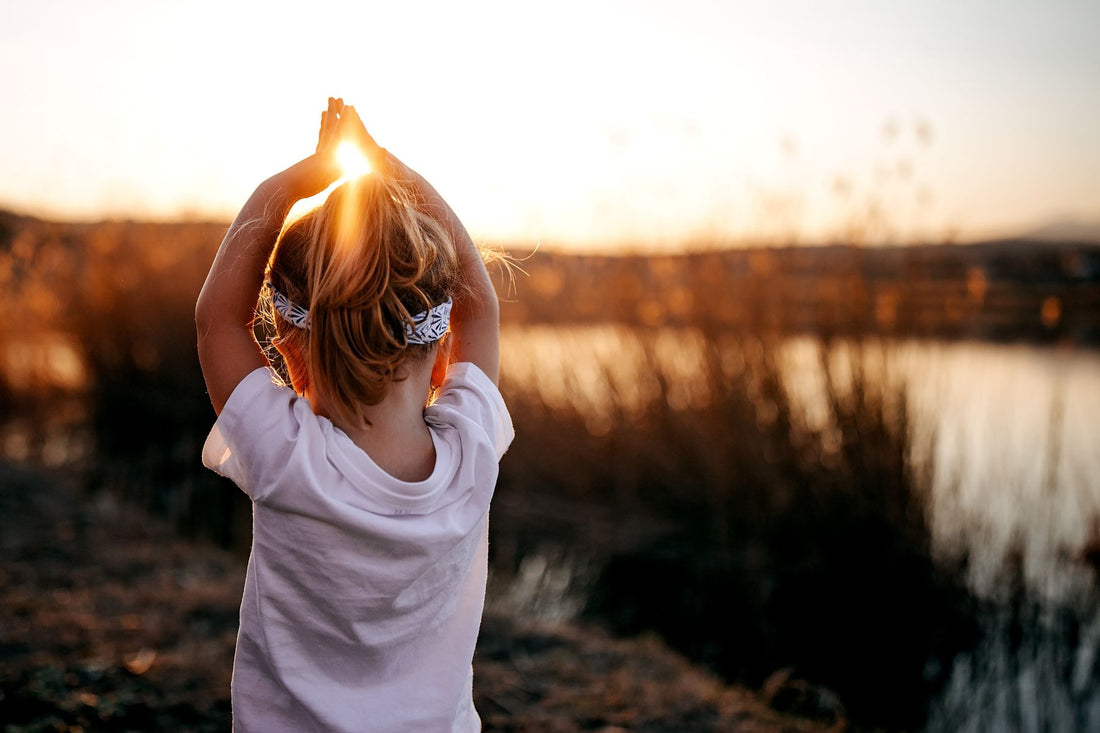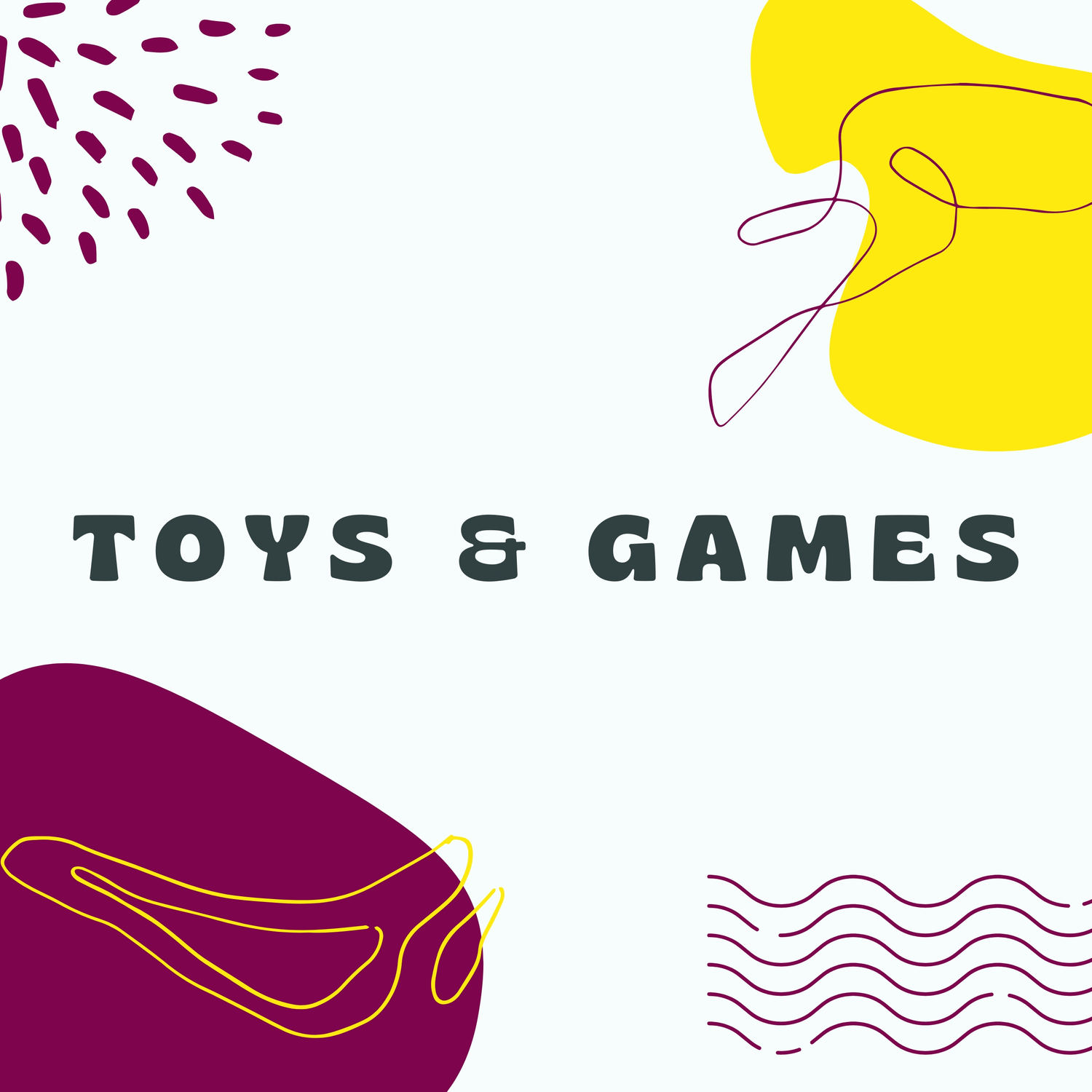
13 Fun Mindfulness Activities for Kids – Keep Calm and Play On!
Nina PaulusShare
Trying to help your child manage their emotions and focus? Discover how mindfulness for kids can be a fun, accessible journey to emotional balance and awareness. This article provides creative, kid-friendly activities to cultivate mindfulness, equipping your little ones with tools for life’s challenges. Dive in to learn how to seamlessly integrate these practices into your child’s routine.

Key Takeaways
- Deep belly breathing exercises can help children as young as 18 months regulate emotions, and practising these can instil calming routines and prepare them for stressful situations.
- Creative activities like crafting affirmation pebbles or practising children’s yoga poses serve dual purposes of fun engagement and mindfulness, building positive mindsets and physical coordination.
- Innovative games and educational tools, from the ‘Sound of Silence’ exercise to ‘Mindful Munching’ and ‘Gratitude Jar Creations,’ encourage kids to develop patience, gratitude, attention, and emotional awareness skills.
1. Breathing Buddies for Belly Breaths

Imagine your child, as young as 18 months, being able to recognise and manage their emotions. Sounds incredible, right? Deep belly breathing exercises can be a game-changer, infusing positive energy into children’s systems. They hold the potential to bolster social-emotional learning and establish calming routines.
Practising these breathing techniques during tranquil moments is crucial, enabling children to remember and utilise them effortlessly during stressful or emotionally challenging times. Consider incorporating this into your child’s daily routine and watch the transformation unfold.
2. Crafting Mindfulness Pebbles

Let’s shift our focus to pebbles - not just ordinary ones. These are special ones that your children can decorate with positive affirmations and calming patterns. As they paint these pebbles with bright colours and inspirational designs, they’re doing more than just a fun art project. They also foster a positive mindset and engage in a creative growth mindset activity.
The amusement extends beyond that. The activity of making and concealing these painted rocks, adorned with uplifting messages, can evolve into a community endeavour. It encourages children to spread kindness and positivity, making the world a better place one pebble at a time.
3. Yoga Poses for Little Yogis

Yoga isn’t just for adults. Kids can have a blast with it, too! Children’s yoga poses often resemble elements of nature and are designed to be adapted to each individual child’s needs. The focus is on the enjoyment of movement rather than achieving perfect alignment.
Some popular children’s yoga poses include:
- Tree pose
- Butterfly pose
- Downward dog
- Cat-cow pose
- Happy baby pose
These poses can help children improve their flexibility, balance, and coordination while also promoting relaxation and mindfulness.
We can delve into two stimulating methods and explore other ideas to make yoga more appealing for our younger kids, the young yogis.
Animal Adventures
Firstly, we have ‘Animal Adventures’. Animal-inspired yoga poses allow children to engage in physical activity while using their imagination to emulate various creatures. The poses might involve actions like stretching arms wide like an albatross, hugging knees in an ant pose, or mimicking a bear’s stance.
When children roar in a Lion pose or stretch in a Cat pose, it amplifies their fun and strengthens their bond with nature. What better way to keep the kids entertained and connected to the natural world than through these amazing animal adventures?
Storytime Stretch
Next up is ‘Storytime Stretch’. This approach blends literacy with physical activity by incorporating storytelling into yoga sessions. Each narrative element prompts children to perform specific yoga poses, such as becoming as still as a mountain or as fluid as a fish, depending on the story context.
How about adding a dash of storytelling enchantment to your child’s yoga routine? It’s a fun, engaging way to keep kids entertained and active while enhancing their imagination and love for stories.
3. The Sound of Silence Game

We all know kids love games, but how about a game that teaches them about quietness and self-control? Meet ‘The Sound of Silence’ game. This game isn't merely about staying silent; it's an interactive method to appreciate tranquillity and master inner calm.
It starts with introducing the concept of silence and its benefits, such as enhanced thinking, awareness, and enjoyment of one's own company.
The game involves tasks that must be completed quietly, like puzzle-solving or drawing, promoting focus and teamwork in a serene environment. Before beginning, children are guided through simple mindfulness exercises to prepare them for the silence ahead.
The game emphasises non-verbal communication, patience, and attention to detail, offering a unique blend of fun and learning. Post-game discussions encourage reflection on the experience, discussing the challenges and insights gained.
The Sound of Silence not only improves concentration and self-control but also teaches mindfulness and non-verbal communication skills, making it a valuable tool for children's emotional and cognitive development. It transforms the concept of silence from mere absence of noise to a peaceful, enriching experience, fostering essential life skills in young players.
4. Mindful Munching

Mealtime can become an enlightening experience with ‘Mindful Munching’. This activity encourages children to:
- Form a closer bond with their food
- Understand the importance of being present during meals
- Foster a connection between their health and the food they consume.
By immersing their five senses in the act of taking mindful bites, the eating experience of children becomes more enriching, enabling them to remain anchored in the present. They learn to identify their body’s hunger and fullness signals and are encouraged to vary their diet, leading to more conscious and diverse eating patterns.
To top it off, reducing distractions such as electronics during meal times aids children in focusing on their meals. This can help in avoiding overeating and enhance the overall sensory experience of eating.
How about transforming your upcoming whole family meal into an episode of mindful munching with your parents?
5. Travel Journalling

Travel journaling for school kids is a dynamic mindfulness activity that fosters creativity, observation, and reflection. By selecting a personal journal and using various supplies like pens, pencils, and stickers, children can document their experiences in a way that resonates with them.
This practice enhances their mindfulness by encouraging them to be present and aware of their surroundings and boosts their creativity and writing skills. Regular entries, prompted by questions or themes, help in developing a consistent habit without making it feel burdensome. Travel journaling serves as a multifaceted educational tool, creating a personal keepsake that captures memories and promotes personal growth.
It's adaptable to travel and local adventures, making it accessible for every child. Encouraging authenticity and including interactive elements like collecting tickets or natural items can make journaling more engaging. Sharing journal entries within the family can foster a sense of community and support. Travel journaling is an invaluable activity for children, offering a fun way to explore their thoughts and feelings while developing important life skills.
6. Nature's Palette Walk

Nature is full of fascinating colours and textures, and what better way to experience it than through a ‘Nature’s Palette Walk’? A colourful scavenger hunt can be organised where children look for various colours in nature, using a laminated card with different colours to match found items like leaves or flowers.
As they collect various natural items and little toys, children can learn to appreciate the intricate details by discussing the texture, shape, and characteristics of each item found. This activity directs the children’s attention to colour variations and bolsters their knowledge about these differences and observational skills.
7. Gratitude Jar Creations

Gratitude is a powerful emotion, and we can teach our children to express it through ‘Gratitude Jar Creations’. Children can craft a gratitude jar using colourful tissue paper or other paper to cut out shapes and designs, which are then affixed to the jar with glue. They can create their own labels for the front of the jar, adding a personalised touch.
Every day, kids can write down what they’re thankful for on pieces of paper or card, fold them, and place them inside the jar. Reading and reflecting on these notes of gratitude at the end of the day can be a heart-warming activity that nurtures positivity and thankfulness.
8. Puzzling Out Patience

Patience and persistence are vital skills for children to learn, and ‘Puzzling Out Patience’ provides a fun way to do just that. Here are some ways jigsaw puzzles can help children practice patience and persistence:
- Working towards the goal of completing the puzzle
- Taking their time to find the right pieces
- Trying different strategies when they get stuck
- Not giving up when it gets challenging
These puzzles enhance children’s problem-solving skills and hand-eye coordination, contributing to improving their self-esteem by providing them with a sense of achievement upon completion. It’s all about choosing puzzles that align with their age and interests and gradually introducing more complex puzzles as they grow older and more skilled.
9. Puppet Show Reflections

Puppet shows are more than just entertainment. They’re a tool for:
- Emotional development
- Communication
- Social interaction
- Creativity
Puppet play supports children’s emotional development by allowing them to role-play different personalities and scenarios. It’s also a useful tool for improving communication and social interaction among children through structured role-playing.
Children show increased openness and confidence when interacting with puppets, helping reduce feelings of shyness. They learn to control their movements and voices during puppet play, realising the impact they have on their surroundings and peers. Creativity and problem-solving skills are fostered as they create stories and devise solutions during puppeteer play.
10. Guided Imagery Voyages

‘Guided Imagery Voyages’ takes children on an adventure within their imagination. Through these exercises, children are encouraged to imagine a special place they would like to visit, using their daydreaming skills to visualise every detail of their chosen place. The activity prompts children to engage their senses by imagining:
- sights
- smells
- tastes
- sounds
- tactile sensations
associated with the place they’re visualising. This practice often leads to slower breathing and muscle relaxation, increasing their body’s comfort.
11. Musical Mindfulness

Music has an incredible ability to captivate our attention and stir our emotions. ‘Musical Mindfulness focuses on mindful listening through music, encouraging children to concentrate on individual instruments, rhythms, and melodies. In addition to music, audio books can also be a great tool for children to develop their listening skills and imagination.
Playing a selection of diverse music and asking children to concentrate on different aspects of the music helps them improve their attention skills and become more aware of their emotions. As they signal when they hear specific elements in the music, they improve their focus and learn to express their emotions, contributing to their emotional development.
12. DIY Calm Down Bottles

Calm-down bottles are a captivating tool for children to calm themselves during stressful moments. They can be crafted with a mixture of clear glue and boiling water, producing a mesmerising effect when shaken and settled. Adding a theme to these bottles, like an ocean or galaxy, can spark a child’s imagination. For a soothing glow, try using glow-in-the-dark glue, which is particularly helpful for children who might be afraid of the dark. You can even integrate small fairy lights or light-up cubes to turn the calm-down bottle into a captivating light tube.
For newborns, bottles featuring high-contrast black-and-white elements can assist visual development and focus. Adding water beads and vanishing water marbles creates a dynamic visual illusion that can captivate children’s attention. Ready to design your personalised calm-down bottle?
13. Mindful Colouring Patterns

Last but not least, we have ‘Mindful Colouring Patterns.’ This activity fosters concentration and focus as children are required to colour within the lines, which demands precision and attention to the area they are filling.
As they carefully draw and fill in the fun shapes and patterns with their favourite colours, they’re not just creating a beautiful piece of art. They’re also developing their focus, improving their fine motor skills, and expressing their creativity. Grab your colouring pencils; it’s time to generate some mindful artwork!
Summary
From deep belly breathing exercises to mindful munching and from nature walks to puppet shows, we’ve explored a wealth of mindfulness activities for children. Each of these activities provides entertainment and nurtures emotional and social development, concentration, creativity, and much more. So, are you ready to dive into this world of mindfulness with your child and discover the amazing benefits together?
Frequently Asked Questions
How do I teach my 3-year-old mindfulness?
You can teach your 3-year-old mindfulness by guiding them to notice their breath and then engaging their senses by asking them to name things they see, feel, hear, smell, and taste. This can help them become more present and aware.
What is a mindfulness activity example?
An example of a mindfulness activity is practising mindful breathing exercises, where you sit quietly and focus on your breathing to promote relaxation and mental clarity. You can also try yoga or reading uplifting books for a positive experience.
At what age can children start deep belly breathing exercises?
Children can start deep belly breathing exercises as early as 18 months. It's a great way to teach them how to relax and manage stress.
What is the purpose of the Sound of Silence game?
The Sound of Silence game aims to teach children about quietness and self-control, promoting joy, accomplishment, and self-reliance.




